what to do with flowers covered in powdery mildew!!
ellie_1
14 years ago
Related Stories

GARDENING GUIDES20 Favorite Flowers for Butterflies and Bouquets
Discover perennials and annuals that do double duty as butterfly magnets and versatile cut flowers
Full Story
GARDENING GUIDESAttract Hummingbirds and Bees With These Beautiful Summer Flowers
Roll out a welcome mat for pollinators to keep your landscape in balance and thriving
Full Story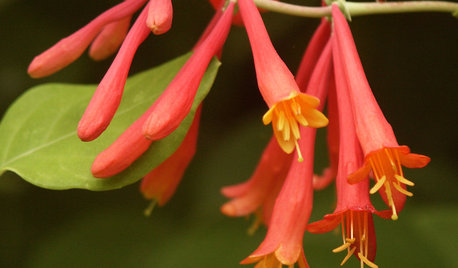
GARDENING GUIDESGreat Design Plant: Lonicera Sempervirens
Grow this long-blooming, flashy flowering vine to cover a fence or arbor and attract hordes of hummingbirds all season long
Full Story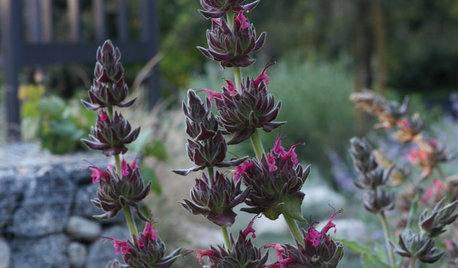
FLOWERS AND PLANTSHummingbird Sage Lures Wildlife With Its Sweet, Fruity Fragrance
This native California ground cover thrives with little water on grassy slopes, under trees or in patio containers
Full Story
GARDENING GUIDESGreat Design Plant: Rosa Banksiae a Low-Maintenance Beauty
This thornless, disease- and insect-resistant rose brings showers of white or yellow flowers to the spring garden
Full Story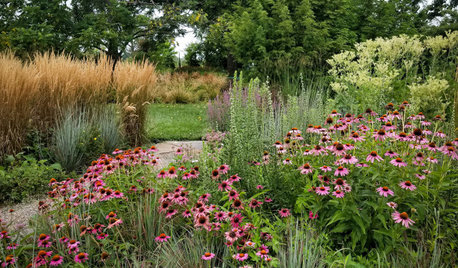
FALL GARDENING20 Favorite Flowers for the Fall Landscape
Vivid blooms and striking shapes make these annuals and perennials a delight in autumn gardens
Full Story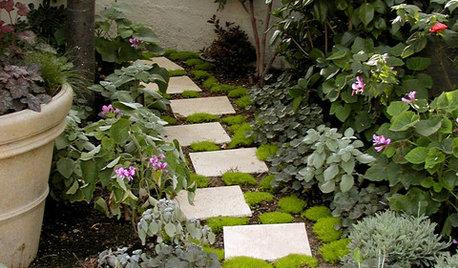
GARDENING AND LANDSCAPINGPlants for Your Pathway
Pretty up your garden walk with the right ground cover between pavers
Full Story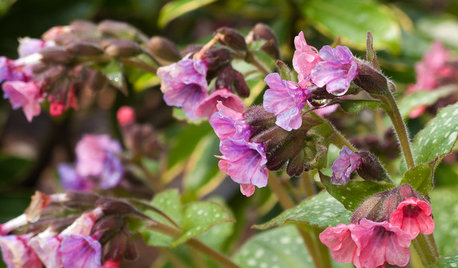
GARDENING FOR BUTTERFLIESGreat Design Plant: Lungwort
Yes, the name is unfortunate. But the flowers and foliage are delightful, and this perennial is easy to grow and shunned by deer
Full Story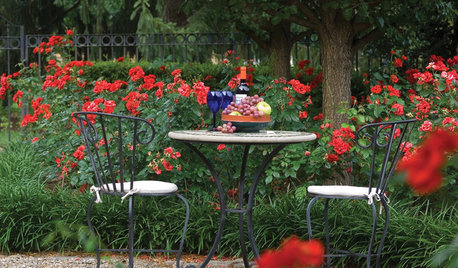
GARDENING GUIDES5 Red Roses to Stir Garden Passions
Show your devotion to color, scent and more with these regal landscape beauties
Full Story
GARDENING GUIDESWhat Kind of Roses Should You Grow?
Want to add the beauty of roses to your garden? Find out which ones, from old-fashioned to modern, are right for you
Full StoryMore Discussions







nejackson
zen_man
Related Professionals
Reading Landscape Architects & Landscape Designers · Beachwood Landscape Architects & Landscape Designers · Willowick Landscape Architects & Landscape Designers · Waterbury Landscape Contractors · Andover Landscape Contractors · Canby Landscape Contractors · Fairhope Landscape Contractors · Framingham Landscape Contractors · Hilton Head Island Landscape Contractors · Muttontown Landscape Contractors · Nutley Landscape Contractors · Stony Brook Landscape Contractors · Suitland Landscape Contractors · Waipahu Landscape Contractors · Gages Lake Driveway Installation & Maintenancetsugajunkie z5 SE WI ♱
frozen_north
zen_man